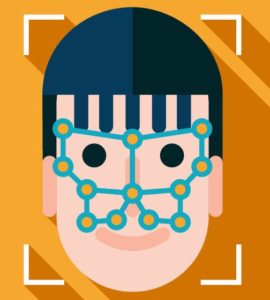With video-based applications and services on the rise, Qualcomm is adapting its computer components to leverage and support biometric technologies.
In a new post on its OnQ Blog, the company points out that with ultra high-definition video becoming more and more prominent, rendering if becoming a significant drain on resources. Fortunately, its Adreno Foveation solution uses eye-tracking to see which parts of a given screen a user is looking at, and focusing bandwidth and power on rendering images in those areas – a complex solution that is nevertheless rendered virtually invisible to the end user.
The need to support facial recognition technology is another resource drain for which Qualcomm offers solutions. Noting that “facial recognition is a common use case in which machine learning and Artificial Intelligence (AI) are performed directly on a mobile device to identify faces from videos or pictures,” the company points out that developers working with its Snapdragon 845 mobile platform can leverage its Qualcomm Hexagon 685 DSP for machine learning and Qualcomm Spectra 280 ISP for image processing, reducing the burden on the device’s CPU.
It’s inside-baseball stuff, but it underlines the increasingly important interconnection between biometric technologies and computer components, even for the kinds of consumer-facing mobile devices for which Qualcomm is so often a supplier. OEMs looking to optimize battery life and performance while supporting 4K video and related high-tech applications need to look not only at how they can boost processing power, but how to process smarter, too.
Source: OnQ Blog

Follow Us